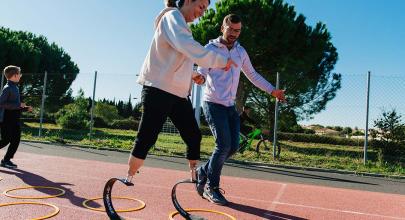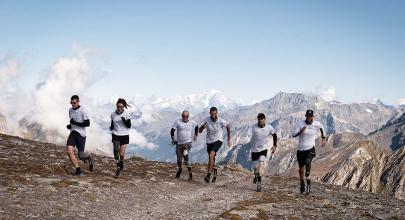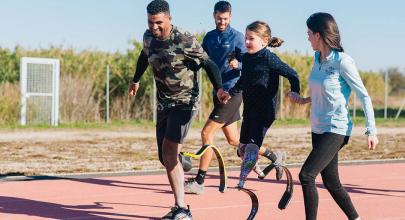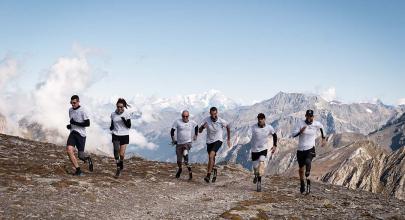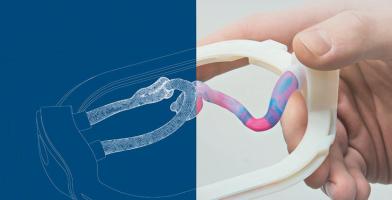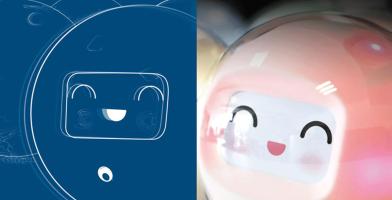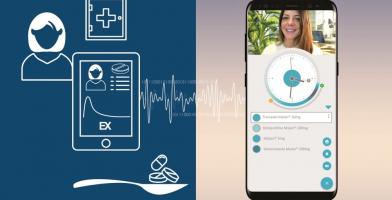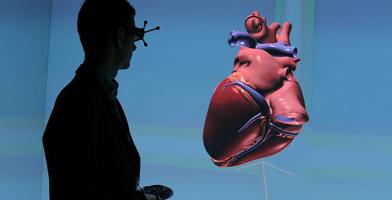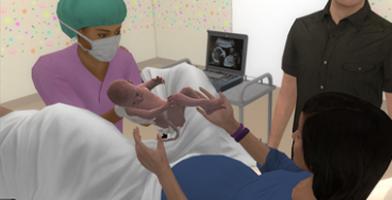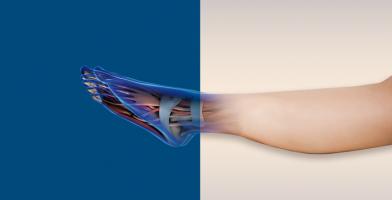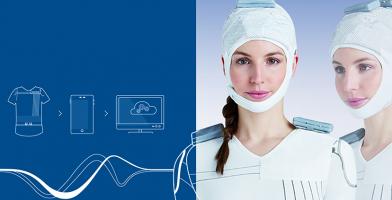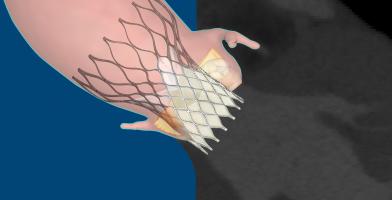

IF WE design a multipurpose prosthesis using carbon waste from the industry, can we enable more amputee people to practice sport again ?
There are different types of prostheses associated with different activities. They can be classified into two main categories: walking prosthetic feet and running blades. Walking feet are used for walking and can offer different levels of dynamism but do not enable running. These walking feet are currently reimbursed by social security in France. In contrast, running blades developed for running are not reimbursed in France.
The racing blades are not refunded and cost more than 4000 €. Great athletes can get them through clubs, sponsors but casual athletes or beginners are forgotten. Also, the current products are specific to several activities and for example current blades are specific to running and more specifically to track racing. Finally, the current products are developed for high performance and can be difficult to use for a novice
The racing blade accessible to all
BREAKTHROUGH IDEA
The idea is to offer a range of products available at lower prices thanks to the upcycling of carbon waste from the aeronautical industry. These products will be developed to enlarge the public of amputees practicing a sport activity. Their design considers the comfort as well as the will to make the blade more versatile in the activities that can be performed.
A first racing blade has a well-advanced prototyping and allows today to adapt to different terrains thanks to a simple and fast sole change system. Our ambition is to develop different sports blades to meet the identified needs. But our main goal for 2024 is to provide an adjustable blade allowing a variety of sport activities never seen before. With a single blade, to be able to practice activities with different mechanical needs from hiking to sprinting thanks to simplified adjustments of height, stiffness and sole. These adjustments can also help children as they grow and gain weight without having to change blades every year.
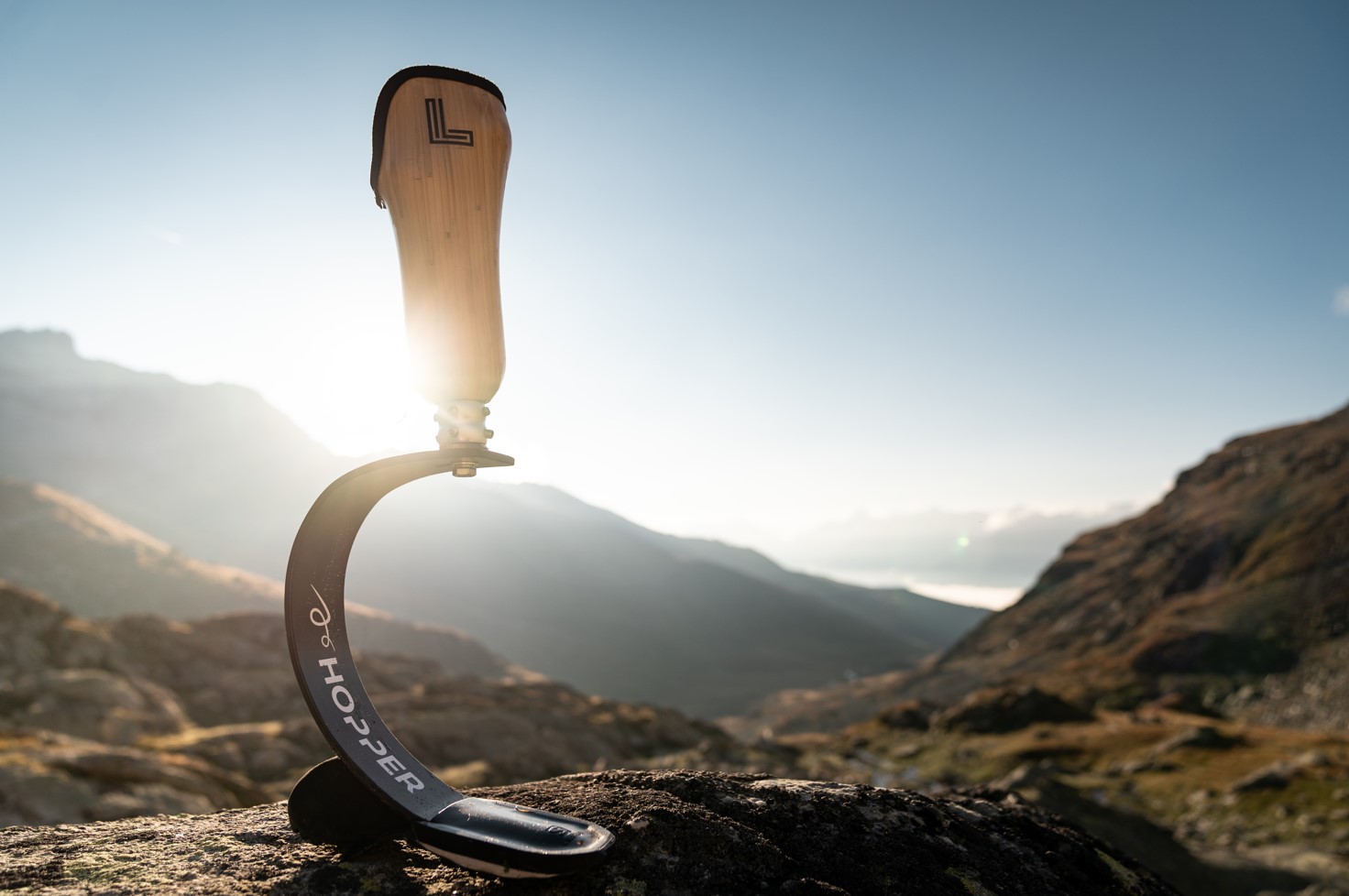
POSITIVE IMPACT ON THE SOCIETY

We are convinced that physical activity is essential for good health, both physically and psychologically. Our project is in line with the objective of Good Health and Well-Being by aiming to make sport accessible to people for whom it is impossible today for technical reasons. We are also acting in line with the objective of reduced inequalities by wanting to allow people with disabilities to practice activities that were unthinkable before. In addition, people with less financial means will be able to equip themselves more easily for sports.
Finally, we work for the objective responsible consumption and production by revalorizing carbon composite waste.
BENEFITS TO USE THE 3DEXPERIENCE PLATFORM
The 3DEXEPERIENCE® Platform will allow us to centralize the design of our future products. ENOVIA will be useful for the collaborative platform that could allow us to exchange with our industrial partners. The project management tools could be useful to monitor the innovation program. Then, CATIA possibly accompanied by Composite Design, Simulation and Optimization will allow us to model our different prototypes and products. The generation of visuals with 3DEXCITE for communication will then be precious.
COLLABORATIVE & COLLECTIVE INTELLIGENCE
Collaboration is a key element in the development of a prosthesis. Step 1: Understanding the patient's needs with health experts. Step 2: Biomechanical analysis with specialized engineers and associated simulations. Step 3: Design and calculation of composite structures with materials engineers. Many experts & Industrial Partners (such as Airbus, Salomon, Decathlon) gathered around a common objective: accessibility and support for the patient to rediscover sport in the best conditions.
PLAY 3DEXPERIENCE
Meet the team
We want to enable those who want to dare again to do so with a comfortable and versatile solution. We want to help you rediscover the pleasure of running and pushing yourself.
-
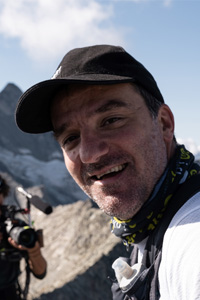 Jérôme BERNARDProject Initiator
Jérôme BERNARDProject Initiator -
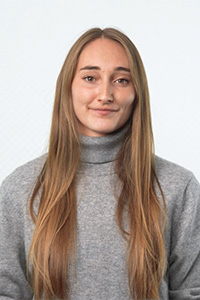 Julie BARREEngineer
Julie BARREEngineer -
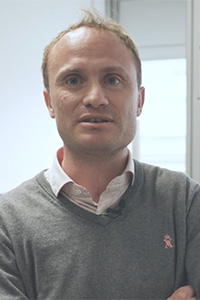 Benjamin TRARIEUXStress Engineer
Benjamin TRARIEUXStress Engineer -
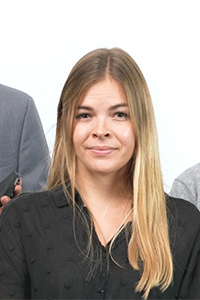 Emilie DAGUERREEngineer
Emilie DAGUERREEngineer -
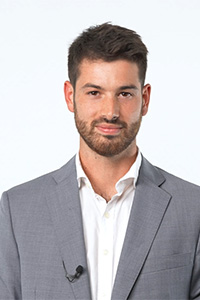 Hugo ROCHEPresident
Hugo ROCHEPresident -
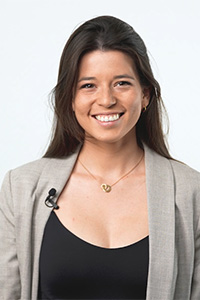 Lou LECLERQEngineer
Lou LECLERQEngineer -
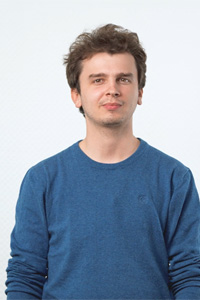 Victor PERMAUDGeneral Manager
Victor PERMAUDGeneral Manager -
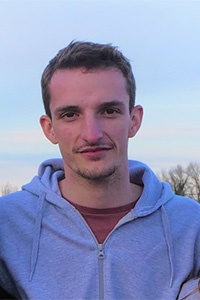 Melvin JOSSELINEngineer
Melvin JOSSELINEngineer
Submit your project
Do you think your project is the next big thing?
Join the team !
